How To Use Impact Sockets
What is the departure between affect sockets and regular sockets?
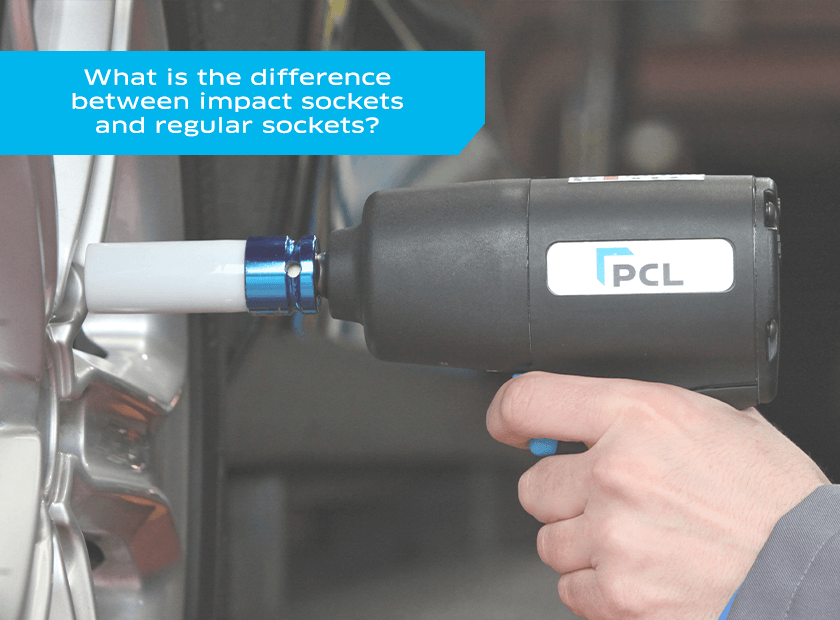
January 20, 2021
What is the difference between touch sockets and regular sockets?
In this video, Michael explains the divergence between Touch on Sockets and Regular Sockets.
The wall of an affect socket is around l% thicker than that of a regular hand tool socket, making information technology suitable for employ with pneumatic impact tools, whereas regular sockets should only exist used on mitt tools. This departure is nearly noticeable in the corner of the socket where the wall is thinnest. It is the first place where cracks would develop due to vibrations during use.
Impact sockets are constructed with chrome molybdenum steel, a ductile material that adds additional elasticity to the socket and tends to curve or stretch rather than shatter. This also helps to avert unusual deformation or damage to the tool'south anvil.
Regular hand tool sockets are usually made from chrome vanadium steel, which is structurally strong but generally more brittle, and therefore prone to breaking when exposed to daze and vibration.
| | |
Another noticeable difference is that touch on sockets have a cantankerous hole in the handle terminate, for use with a retaining pin and ring, or locking pin anvil. This allows the socket to remain securely attached to the impact wrench anvil, even under loftier stress situations.
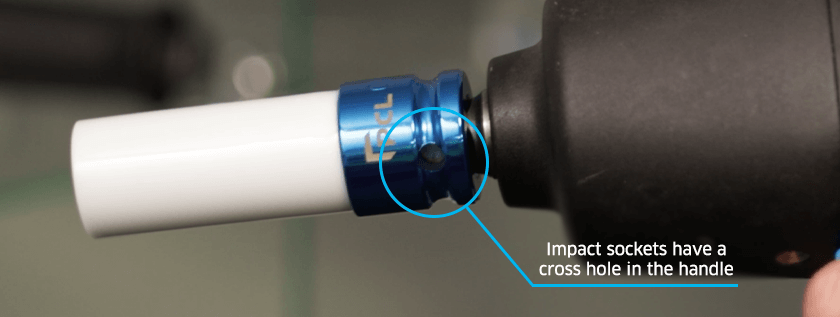
Image shows the cross hose in the handle of an impact socket
Why is information technology vital to merely employ bear upon sockets on air tools?
In this video, Michael explains why it is vital to only use Impact Sockets on Air Tools.
Using touch sockets helps to accomplish optimal tool efficiency but almost importantly, ensures safety in the workspace. They are specifically designed to withstand the vibration and shock of each affect, preventing cracks or breaks, thereby prolonging the life of the socket and avoiding impairment to the tool'due south anvil.
Bear on sockets tin exist used safely on a hand tool, however you should never use a regular hand tool socket on an bear on wrench equally this can be extremely unsafe. A regular socket is likely to shatter when used on ability tools due to their thinner wall design and the textile they're fabricated from. This could exist a serious safety take chances for anybody using the same workspace as cracks in the socket could cause it to rupture at whatever time causing astringent injuries.
Types of Impact Sockets
Do I need a Standard or Deep Bear on Socket?
There are 2 types of impacts sockets: standard or deep. It is of import to employ an bear upon socket with the right depth for your application. It'due south ideal to have both types on hand.
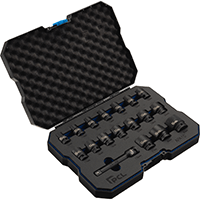
APA10 Standard Socket Fix
Standard or "shallow" bear upon sockets are platonic for grabbing nuts on shorter commodities shafts without slipping off as easily as deep sockets and are suitable for applications in tight spaces that deep sockets cannot fit, for example jobs on cars or motorcycle engines where space is limited.
Deep bear upon sockets are designed for lug nuts and bolts with exposed threads that are too long for standard sockets. Deep sockets are longer in length therefore can reach lug nuts and bolts that standard sockets are unable to reach.
Deep affect sockets are suitable for a wider range of applications. In most cases, they can exist used in place of a standard sockets. So, if you aren't planning on working in tight spaces, information technology is best to opt for a deep touch on socket.
What is an extensions bar?
An extension bar distances the socket from the impact wrench or ratchet. They are ordinarily used with shallow/standard impact sockets to extend its reach to inaccessible nuts and bolts.
What other types of deep impact sockets are available?
Alloy Wheel Bear upon Sockets
PCL's Alloy Wheel Impact sockets encased in a protective plastic sleeve to prevent damage to alloy wheels.

How To Use Impact Sockets,
Source: https://www.pclairtechnology.com/blog/post/what-is-the-difference-between-impact-sockets-and-regular-sockets
Posted by: stewartneents.blogspot.com

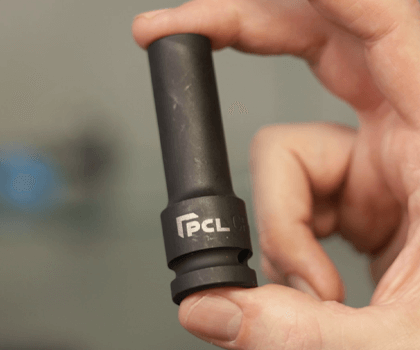
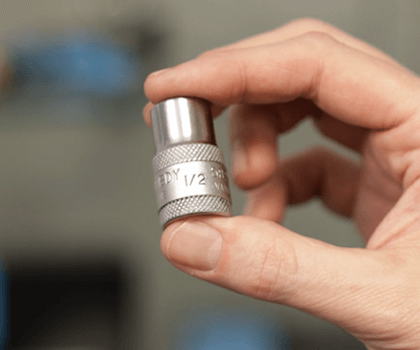

0 Response to "How To Use Impact Sockets"
Post a Comment